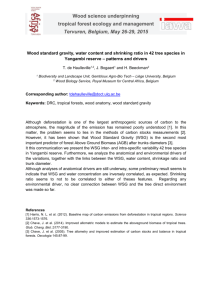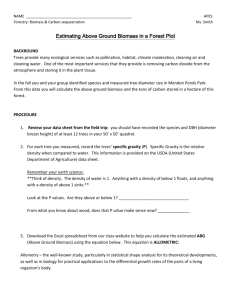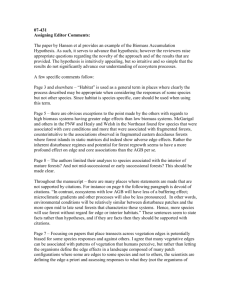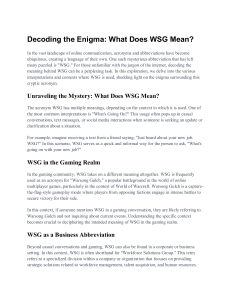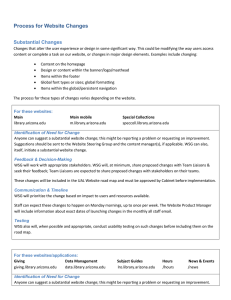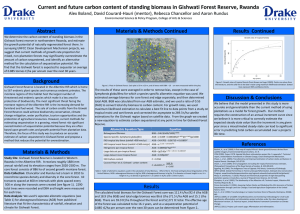tropical forest ecology and management
advertisement
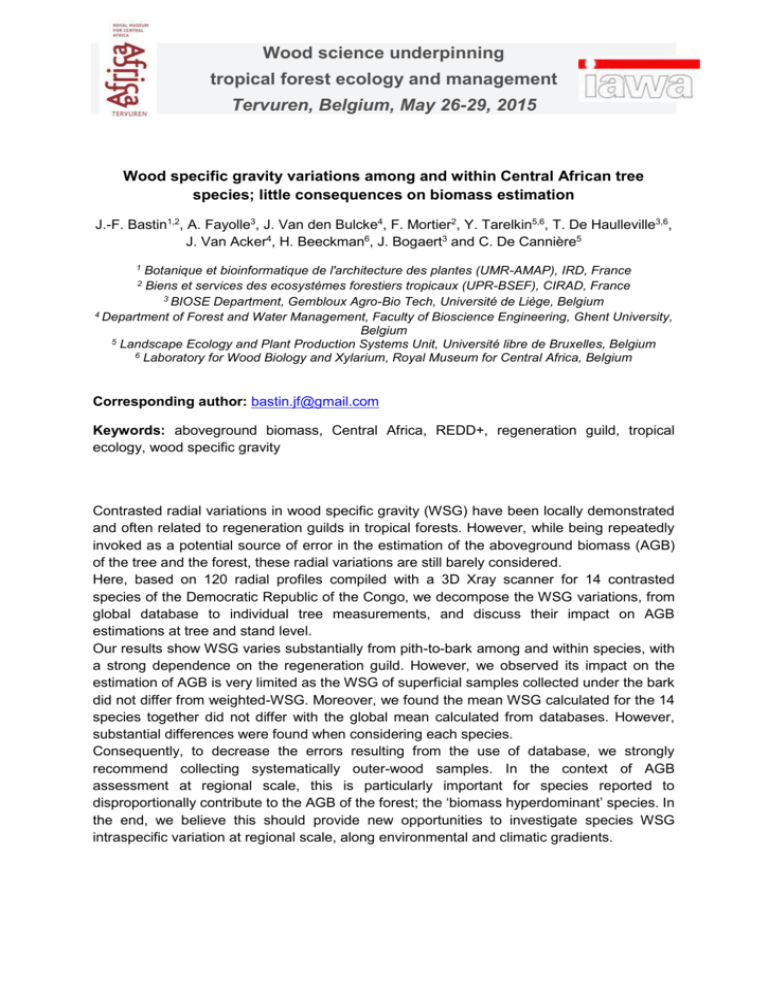
Wood science underpinning tropical forest ecology and management Tervuren, Belgium, May 26-29, 2015 Wood specific gravity variations among and within Central African tree species; little consequences on biomass estimation J.-F. Bastin1,2, A. Fayolle3, J. Van den Bulcke4, F. Mortier2, Y. Tarelkin5,6, T. De Haulleville3,6, J. Van Acker4, H. Beeckman6, J. Bogaert3 and C. De Cannière5 1 Botanique et bioinformatique de l'architecture des plantes (UMR-AMAP), IRD, France Biens et services des ecosystèmes forestiers tropicaux (UPR-BSEF), CIRAD, France 3 BIOSE Department, Gembloux Agro-Bio Tech, Université de Liège, Belgium 4 Department of Forest and Water Management, Faculty of Bioscience Engineering, Ghent University, Belgium 5 Landscape Ecology and Plant Production Systems Unit, Université libre de Bruxelles, Belgium 6 Laboratory for Wood Biology and Xylarium, Royal Museum for Central Africa, Belgium 2 Corresponding author: bastin.jf@gmail.com Keywords: aboveground biomass, Central Africa, REDD+, regeneration guild, tropical ecology, wood specific gravity Contrasted radial variations in wood specific gravity (WSG) have been locally demonstrated and often related to regeneration guilds in tropical forests. However, while being repeatedly invoked as a potential source of error in the estimation of the aboveground biomass (AGB) of the tree and the forest, these radial variations are still barely considered. Here, based on 120 radial profiles compiled with a 3D Xray scanner for 14 contrasted species of the Democratic Republic of the Congo, we decompose the WSG variations, from global database to individual tree measurements, and discuss their impact on AGB estimations at tree and stand level. Our results show WSG varies substantially from pith-to-bark among and within species, with a strong dependence on the regeneration guild. However, we observed its impact on the estimation of AGB is very limited as the WSG of superficial samples collected under the bark did not differ from weighted-WSG. Moreover, we found the mean WSG calculated for the 14 species together did not differ with the global mean calculated from databases. However, substantial differences were found when considering each species. Consequently, to decrease the errors resulting from the use of database, we strongly recommend collecting systematically outer-wood samples. In the context of AGB assessment at regional scale, this is particularly important for species reported to disproportionally contribute to the AGB of the forest; the ‘biomass hyperdominant’ species. In the end, we believe this should provide new opportunities to investigate species WSG intraspecific variation at regional scale, along environmental and climatic gradients.
